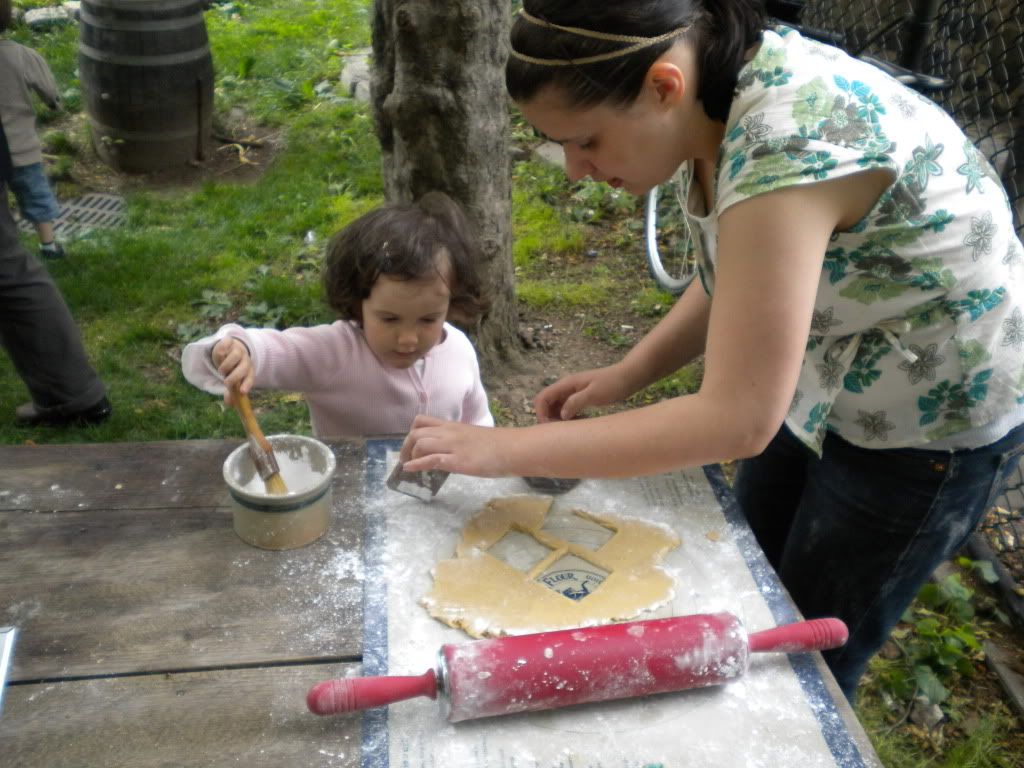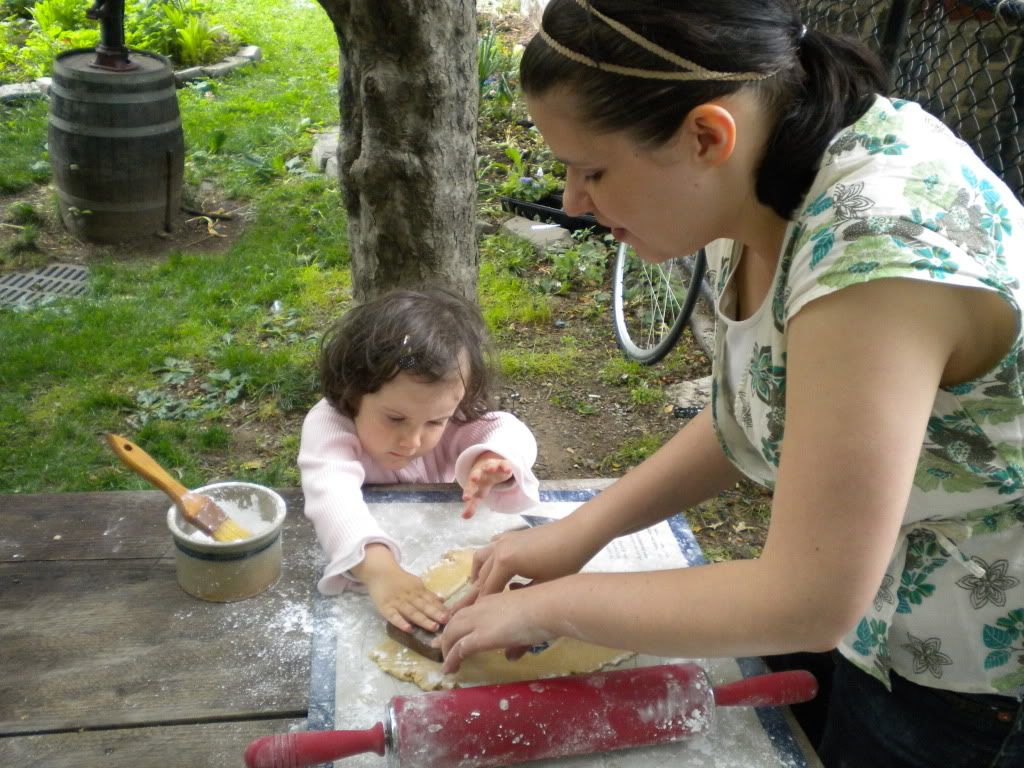Thu Tran, the host of Food Party was a guest judge in 2009 at a Jell-O mold competition in Gowanus–she’s set to host this year’s competition. In this video, Thu guides us through the wonderful, strange world of Jell-O jewelry, a Jell-O gyroscope, and even Jell-O boobs. Behold the wonders of Jell-O!
Summertime always makes me think of Jell-O. Whether it’s the cubes of cold fruity flavors I remember from my youth, or the idea of 1950s housewives laboring over molded lime Jell-O salads. And I’m not the only one; this Saturday, you can head down to the Gowanus Studio Space and experience one of the most unique art and design competitions you’ll ever see, visualized via Jell-O (learn more here). You can see some of the entrants in last year’s competition in the video above.
In my life, I’ve only eaten Jell-o in the simplest of forms; perhaps that’s why I’ve long been fascinated by the idea of a Jell-O mold. In the modern era, the idea of suspending any vegetable (or meat, for that matter) in gelatin strikes one as horrifying. And yet, for a good fifty years of modern history, cookbooks churned out reams and reams of Jell-O recipes. Were these recipes just as bad as they sound? Or are they revolutionary culinary secrets, lost to time and history, just waiting to be uncovered?
This week, I intend to find out.
For the next five days, I’ll be digging through my Jell-O ephemera to bring you the best and the worst of what that jiggly gel has to offer. But before we embark, let’s start with a brief history of gelatin.
***
Gelatin dishes have been around for a long time: for centuries, sweet and savory jellies were crafted from Isinglass, which comes from the swim bladders of sturgeons, or by creating gelatin from boiling some combination of calve’s feet, bone marrow, ligaments and intestinal tissue. It was a luxury food, time consuming and complicated to prepare, it required hours of cooking, molding, and then access to cool temperatures to set. It was a dish designed to show of the skill of one’s servants.
A revolution in gelatin occurred at the hands of Peter Cooper. Cooper, founder of New York’s Cooper Union college, was a gifted inventor. Cooper created a boxed, powdered gelatin in 1845. Previously, commercially available gelatin could be bought only in sheet form, but the sheets “…had to be clarified by boiling with egg whites and shells and dripped through a jelly bag before they could be turned into shimmering molds. (Jell-O website)” With Cooper’s new invention, one could just add hot water. The boxed product soon became an ingredient in many household recipes.
The next step came in 1897: Pearle Wait and his wife May come up with the idea of adding fruit flavors and sugar to the boxed gelatin, created an instant dessert they dubbed Jell-O. They had little commercial success, and sold the company to a friend with the incredible name of Orator Woodword. Woodword, too, had little commercial success–until he had a major conceptual breakthrough: “At the time, basically all dishes were prepared from basic ingredients; homemakers did not know what to do with a food that was almost ready to serve and needed no recipes. So Woodward gave them recipes. (The Oxford Encyclopedia of Food and Drink, 2004)” In 1904, Jell-O distributed its first recipes booklets, creating a dessert revolution. And it is here that we will begin our Jell-O journey–at the beginning. Be prepared to unearth some culinary treasures courtesy of “America’s Most Famous Dessert.”









 This Thursday, I am partnering with singer/songwriter Clare Burson to present Silver and Ash, an historic tale told through music and food. It’s a two hour event with four courses of food and live performance. Tickets are selling out fast, so mosey over to the
This Thursday, I am partnering with singer/songwriter Clare Burson to present Silver and Ash, an historic tale told through music and food. It’s a two hour event with four courses of food and live performance. Tickets are selling out fast, so mosey over to the 

 The cheese on the left belongs to my friend
The cheese on the left belongs to my friend 




